

Sheet metal fabrication is defined as the manufacturing process of shaping sheet metal according to functional needs. Sheet metal is one of the most ideal materials for a wide array of industries because it is lightweight and immensely ductile. The techniques used in sheet metal fabrication are what make end metal products adopt any shape possible.
Sheet metal fabrication involves many procedures such as shearing, cutting, bending, punching, and assembling. All these are what allow sheet metal to be formed into virtually any shape. Continue reading to learn more about these.
Shearing refers to the technique of slicing a straight line through sheet metal using a blade-affixed machine. During the shearing, the upper blade and lower blade of the machine are forced past each other with an offset space between them called a “clearance”. Normally, one of the blades will remain stationary.
There are several types of shearing machines, one of the most common being hydraulic shear. When operating, the hydraulic shear creates precise shears that can be repeated quickly. The shearing procedure does not create any form of chipping, making it ideal for most project owners. Many metal shapes and parts can also be produced by shearing sheet metal such as metal bars, columns, and plates.
At Astron Metal Works, we have cutting-edge equipment for shearing such as mechanical and hydraulic shears. Through these, we can offer high-quality sheet metal fabrication services for 16mm (5/8″) Mild Steel and 8mm (5/16″) stainless steel.
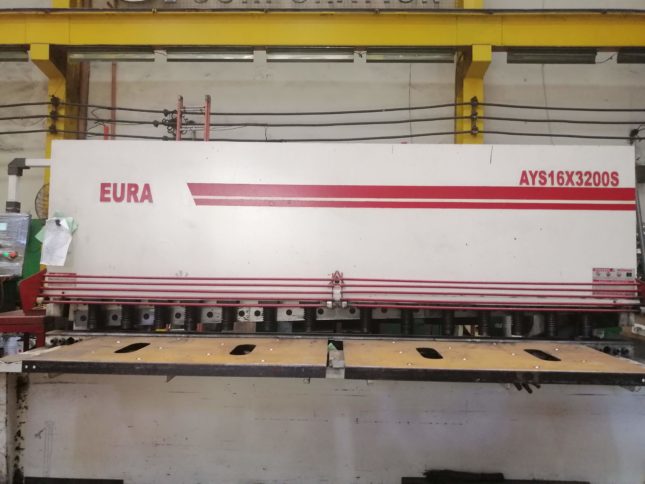
Not to be confused with shearing, cutting involves using tools to remove sections of the sheet metal. Sheet metal cutting involves laser cutting, computer numerical control (CNC) cutting, and plasma cutting.
When it comes to laser cutting, a laser machine manipulates sheet metal through high-intensity beams. The beam simply melts the material and high-pressure compressed gas is used to blow the molten metal. The special curved lens on the laser machine helps create clean edges and curves. Laser cutting can cut through up to 1.5” thick sheet metal very quickly with tight tolerances. This method is ideal for projects that require precise cuts.
CNC cutting refers to the sheet metal fabrication procedure that involves using computer numerical control routers and pre-programmed software. The CNC machine relies on automation to cut through the sheet metal material.
Plasma cutting involves the use of ionized gas to form a jet of hot plasma. This easily penetrates even thick sheet metal. Although there is more space for less accuracy, plasma cutters operate fast. It has a low set-up cost as well.
At Astron Metal Works, we offer all these three cutting services that can be used to shape sheet metal. We have invested in state-of-the-art machines to ensure we meet our client’s fabrication needs.
After cutting the sheet metal, bending techniques will be applied. Traditionally, hammers were used to bend sheet metals manually. Thanks to developments in technology, sheet metal bending involves using machines called press brakes. Using a press brake, sheet metal can be bent into U shapes, V shapes, and other angled channels.
Arguably, bending is one of the most intricate sheet metal fabrication processes because it works by clamping the material between a punch and die. There is a need to manage the “spring back”, which refers to the occurrence when the metal returns to its original shape after bending. In addition, if the metal hardens and is bent improperly, it can crack. Getting the perfect bending angle is a challenge.
This is why aside from investing in quality press brakes, our team at Astron Metal practices extra caution and ensures only professionals handle bending services. We offer bending services for 12mm (1/2″) Mild Steel or 6mm (1/4″) stainless steel with a length of up to 3000mm (3m).
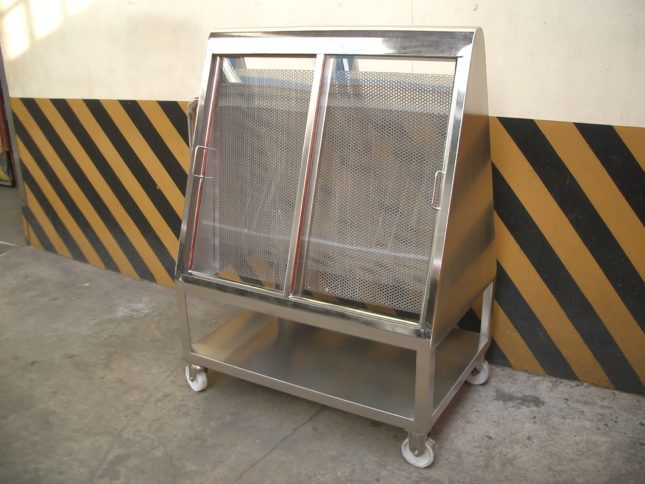
Punching in sheet metal fabrication creates precise holes using a punch and die. It is also possible for punching to be used to extract the holes from large sheet metal for a new metal workpiece. This refers to the process known as “blanking”.
At Astron Metal Works, we also offer sheet metal punching services. We work with CNC hydraulic turret punch press machines and mechanical punching machines for extrusion punches, drawn punches, and slotted holes.
As its name suggests, this fabrication technique involves fusing the sheet metal into the desired finished product shape. It can be performed through welding or bending the sheet metal directly. Astron Metal Works offers assembling services as long as the client provides the specifications they have in mind.
The techniques used in sheet metal fabrication are what make the material extremely versatile and relied on by countless industries. While some of these procedures require using hot plasma and high-intensity beams, it can all be made possible with state-of-the-art machines.
At Astron Metal Works, we’re more than equipped to meet your sheet metal fabrication needs. Click here to inquire about services today!
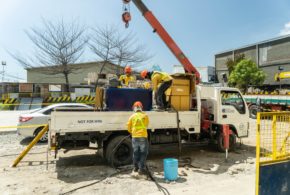
What are the benefits of quality control in metal fabrication? Enhances safety Cost savings Compliance with industry standards Boosts customer loyalty When sourcing for an industrial fabricator in the Philippines, it’s crucial to choose one that has an in-house quality control procedure. In the metal fabrication and manufacturing industry alike, quality control is defined as […]
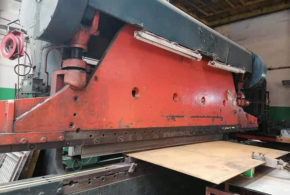
What are the techniques used in sheet metal fabrication? Shearing Cutting Bending Punching Assembling Sheet metal fabrication is defined as the manufacturing process of shaping sheet metal according to functional needs. Sheet metal is one of the most ideal materials for a wide array of industries because it is lightweight and immensely ductile. The techniques […]
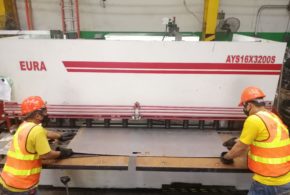
What are the uses of CNC cutting services in the Philippines? Construction materials Food production items Metal furniture Gas station fixtures CNC cutting refers to the metal fabrication procedure that involves using computer numerical control routers with the advantage of versatility and flexibility being derived from automation. The computerized routers are adept in cutting […]

What are the uses of sheet metal fabrication? Construction Petroleum Industrial Industries Sheet metal refers to metal formed into thin sheets, typically by hammering or rolling. It is highly durable and able to maintain its structural integrity, making it easy to work as it can be bent, stamped, cut, dished, and punched. Sheet metal fabrication […]